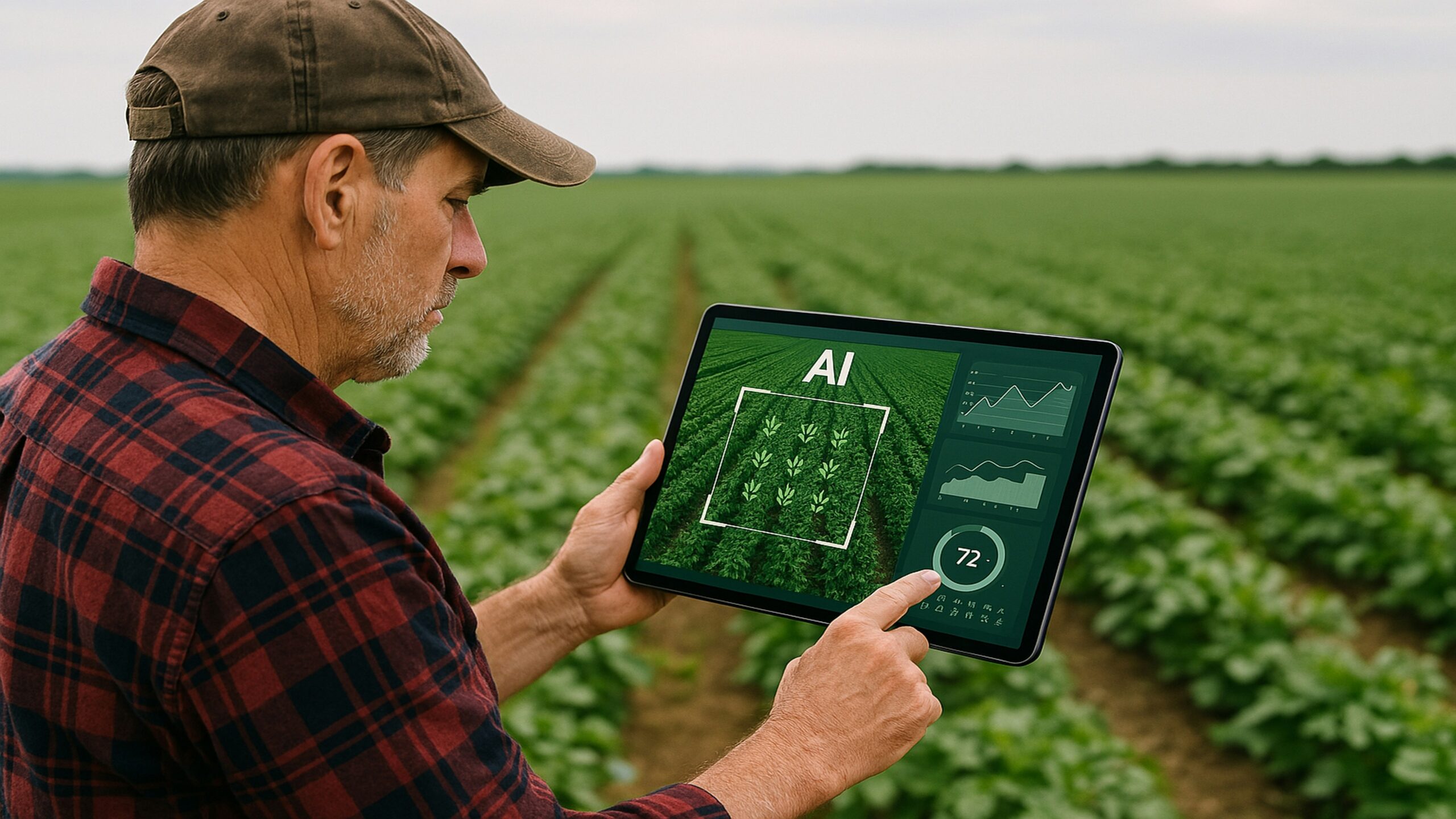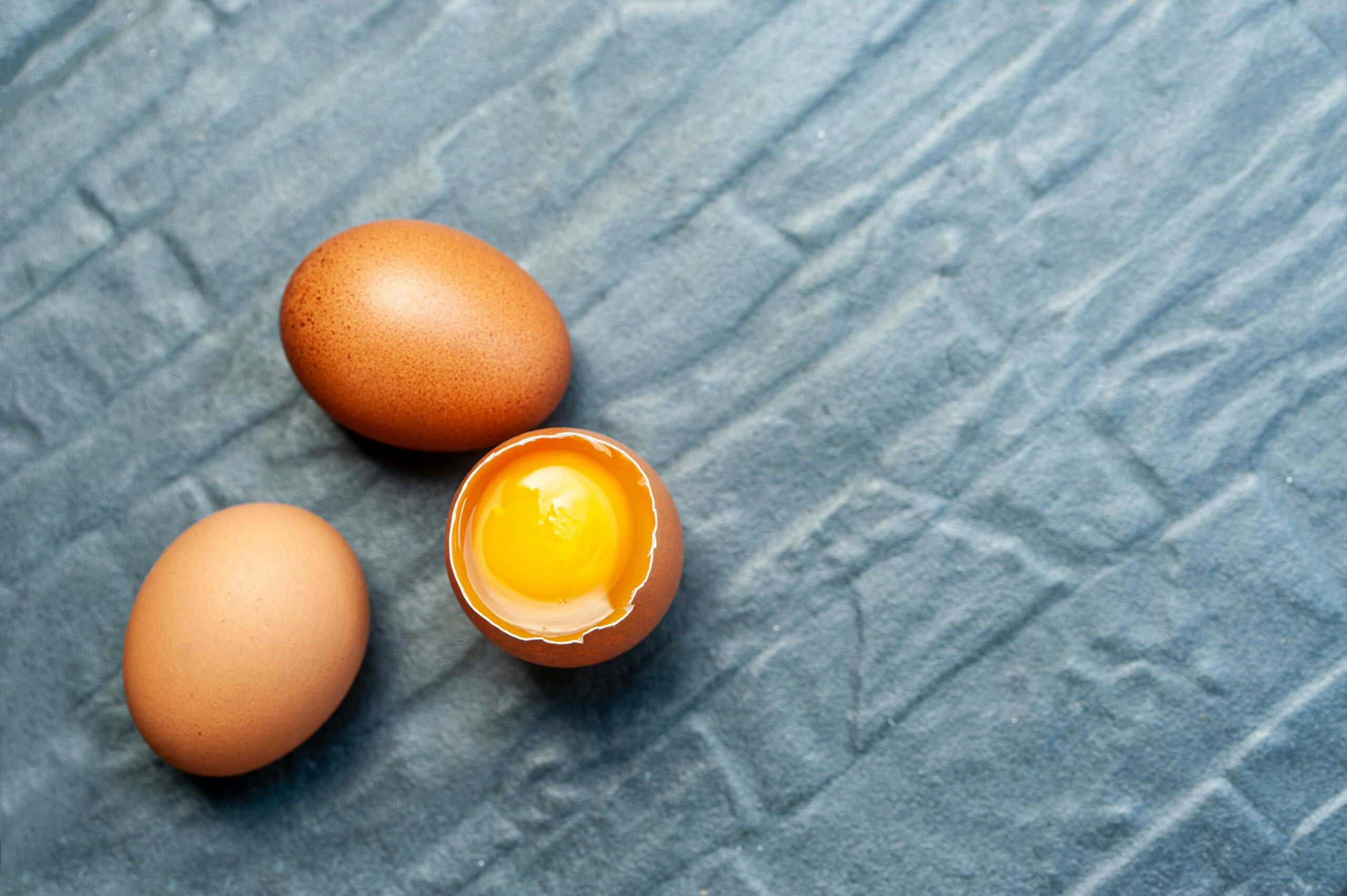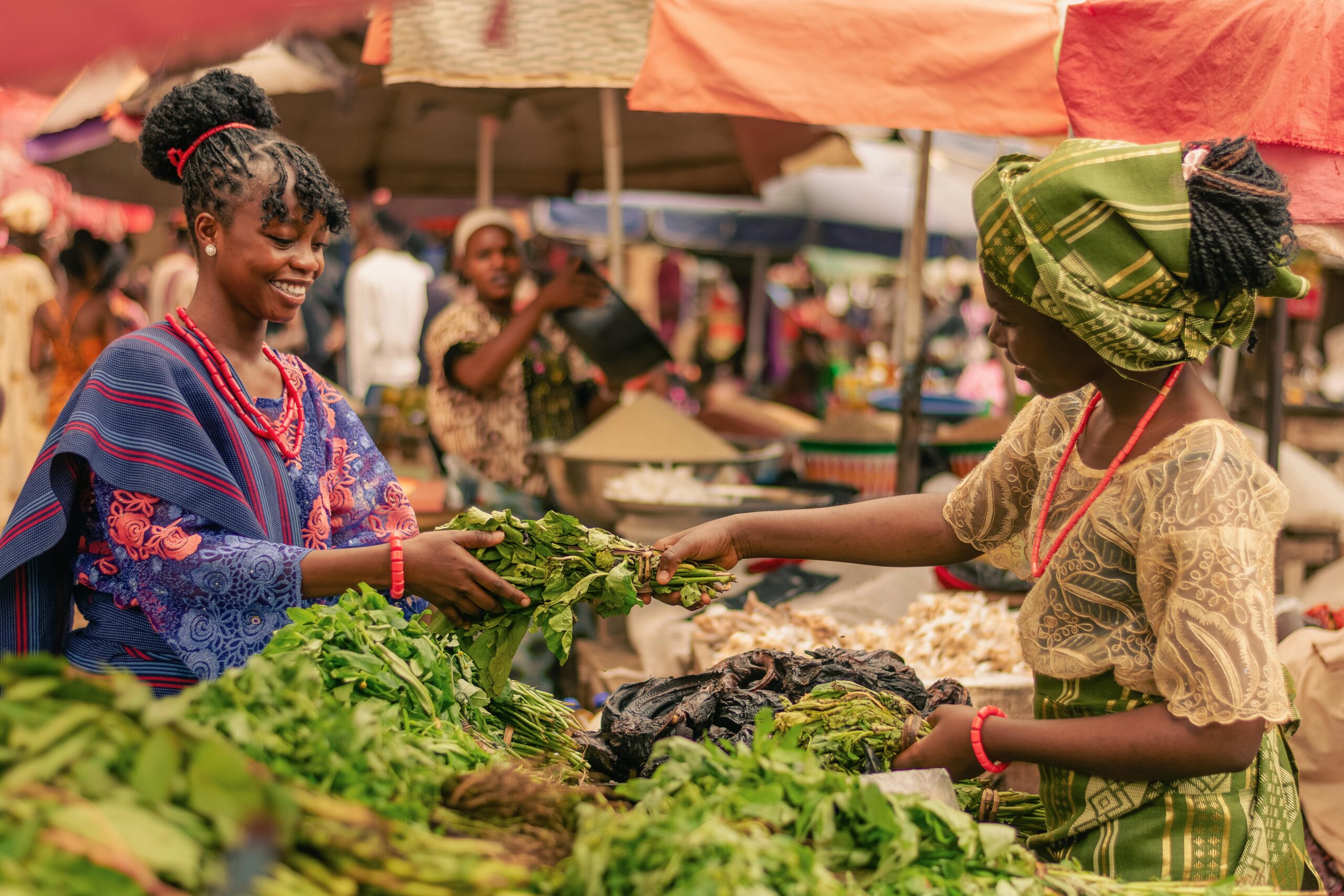
3 Exceptional Inventions Reinventing Agriculture in 10 years.
By 2050, our planet will be home to an estimated 10 billion people, and we'll need to feed all of them. As a global agriculture supplier, we at ASAFI see this as the central challenge of our time. Of course, a changing climate, shrinking water supplies, and a critical shortage of farm labor make this challenge even harder.
It's clear: the old way of farming simply won't be enough.
The solutions we need aren't just small upgrades—we need a revolution. The good news, however, is that this revolution is already here. This isn't science fiction. In fact, it’s a preview of the future of agriculture technology that goes far beyond GPS tractors. We're about to explore three game-changing inventions that are moving from the lab to the field right now.
Invention 1: AI-Powered Robotics
When you picture an "ag-bot," you might think of a simple self-driving tractor. But the new wave of agricultural robotics is on another level. These are autonomous machines using advanced computer vision and AI to "see" and "act" with incredible precision.
Imagine, for instance, a smart robot rolling through a field. It doesn't just see "plants." It identifies a single weed and zaps it with a micro-dose of herbicide, or even a tiny, high-powered laser. This surgical approach signals the end of the "spray and pray" method that douses entire fields in chemicals.
This single technology solves two of the farm's biggest problems:
- 1. It Solves the Chemical Crisis: This is the key statistic. This technology can reduce herbicide and pesticide use by an astonishing 70-90%. This is a massive win for the environment, for consumer health, and for a farmer's bottom line.
- 2. It Solves the Labor Crisis: In another field, a different robot uses a gentle-touch gripper to identify and pick only the perfectly ripe strawberries, working 24/7. This technology, consequently, addresses the critical shortage of skilled farm labor by allowing for round-the-clock harvesting.
The future of robotics in farming isn't 30 years away; it's happening now. As a result, forecasts project the AI in agriculture market will explode from around $5 billion in 2025 to over $30-60 billion by 2035. As suppliers, we at ASAFI are already seeing a massive increase in demand for these smart, automated systems.
Invention 2: CRISPR
This is not the controversial "GMO" of the 1990s. Instead, the new revolution in crop science is CRISPR-Cas9. This gene-editing tool is so precise, it's often described as a pair of biological scissors.
Here’s the critical difference. Specifically, instead of adding foreign genes from another species, CRISPR makes precise, targeted changes to a plant's own DNA. It allows scientists to find a natural trait—like drought tolerance—and simply "turn up the volume," enhancing the plant's own inherent abilities.
This technology is a direct answer to two of our most pressing challenges:
- Creating Crops for a Harsher Climate: This technology creates climate-resilient crops that can survive the new normal: extreme drought, high heat, and salty soil.
- Delivering Food Security, Faster: Additionally, it delivers food security faster. Traditional cross-breeding can take a decade or more to develop a new variety. CRISPR makes it an incredible 10 to 15 times faster.
This isn't a future promise; it's a present-day reality. In fact, industry reports show that advanced gene-editing biotechnology is developing over 60% of new crop varieties in 2025. As a company that supplies advanced seed and crop solutions, ASAFI is at the forefront of this shift. We are working to bring these resilient, high-yield crops to farmers.
Invention 3: Precision Fermentation (Brewing Milk Without the Cow)
Here’s a question that sounds like science fiction: Can we make food without farms? The answer is yes. It's called cellular agriculture, and its most exciting branch is precision fermentation.
This technology uses microorganisms, like simple yeast or fungi, as tiny, efficient "factories." To do this, scientists give these microbes a precise "DNA blueprint" that instructs them to produce complex, specific proteins. For example, they can teach yeast to brew casein and whey—the very proteins that make milk taste and feel like milk.
The result is real, nature-identical dairy, just produced without the cow. This is how you get animal-free dairy.
This technology is revolutionary. It directly addresses the massive environmental footprint of livestock, which is a leading global source of methane emissions, land use, and water consumption.
Of course, this isn't a new concept. For decades, we've used this exact process. It creates insulin for diabetics (once sourced from pigs) and rennet for cheese-making (once sourced from calf stomachs). The big news, however, is that production costs have finally come down. This allows companies like Perfect Day (whey) and UPSIDE (meat) to bring sustainable foods to market.
From ASAFI's perspective as a global supplier, this isn't a threat to traditional farming. It's a new, parallel supply chain. Soon, "cow-free dairy milk, ice cream, and yoghurt" will move from a niche item to a common staple in your grocery aisle.
The Next Decade Won't Just Change Farming—It Will Redefine It
The future of farming in the next 10 years is efficient, resilient, and we are inventing it today. The agricultural revolution, therefore, will rest on three pillars: intelligent agricultural robotics, climate-proof CRISPR-edited crops, and resource-light precision fermentation.
As a partner to farmers and producers worldwide, ASAFI is committed to bringing these powerful, necessary solutions to the field. These inventions, after all, aren't just "cool tech." They are the necessary tools for our survival. The farm of the future is no longer just a field.
It's a field, a lab, and a brewery—all working as one.
What part of this agricultural future excites you the most? Share your thoughts in the comments below.



